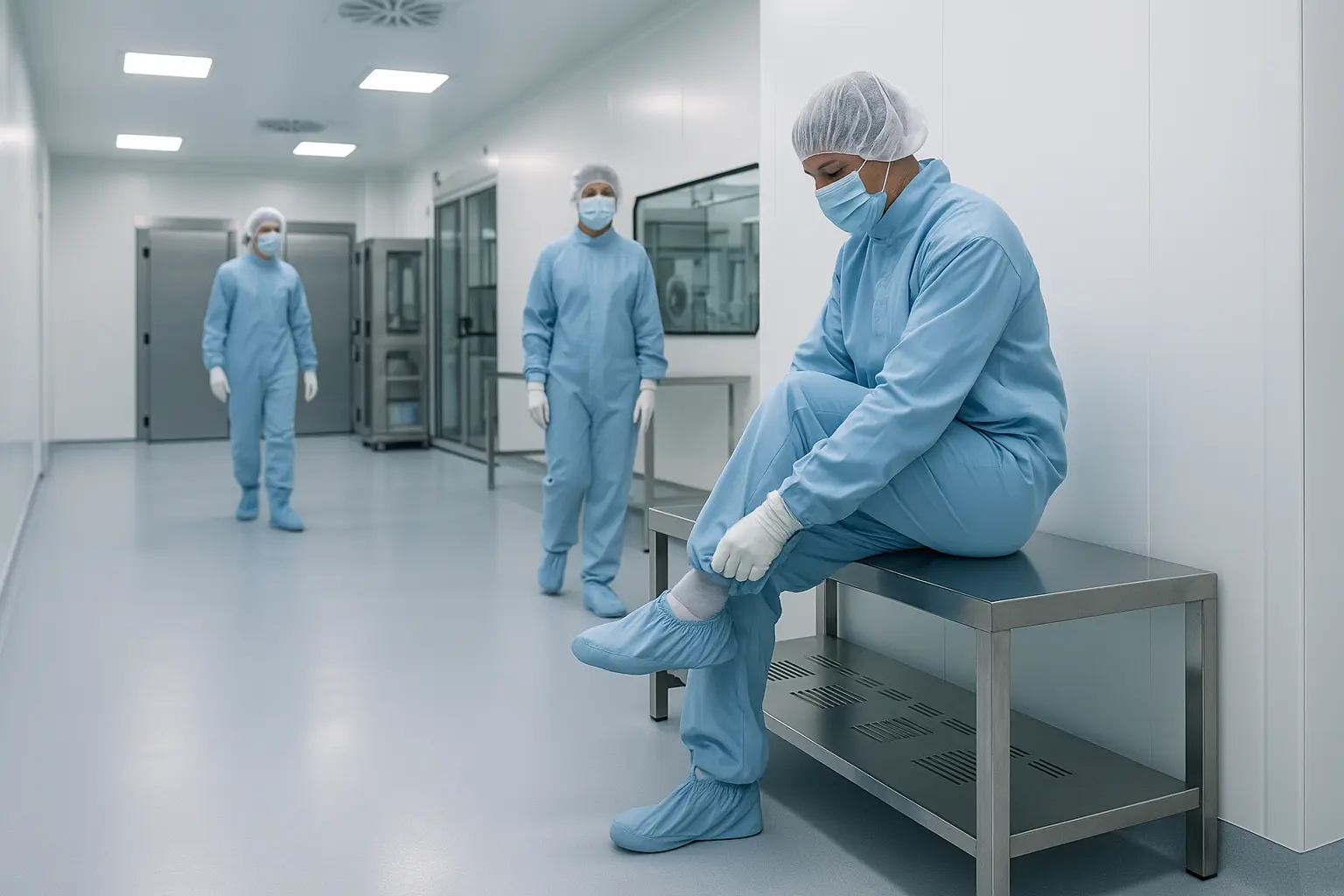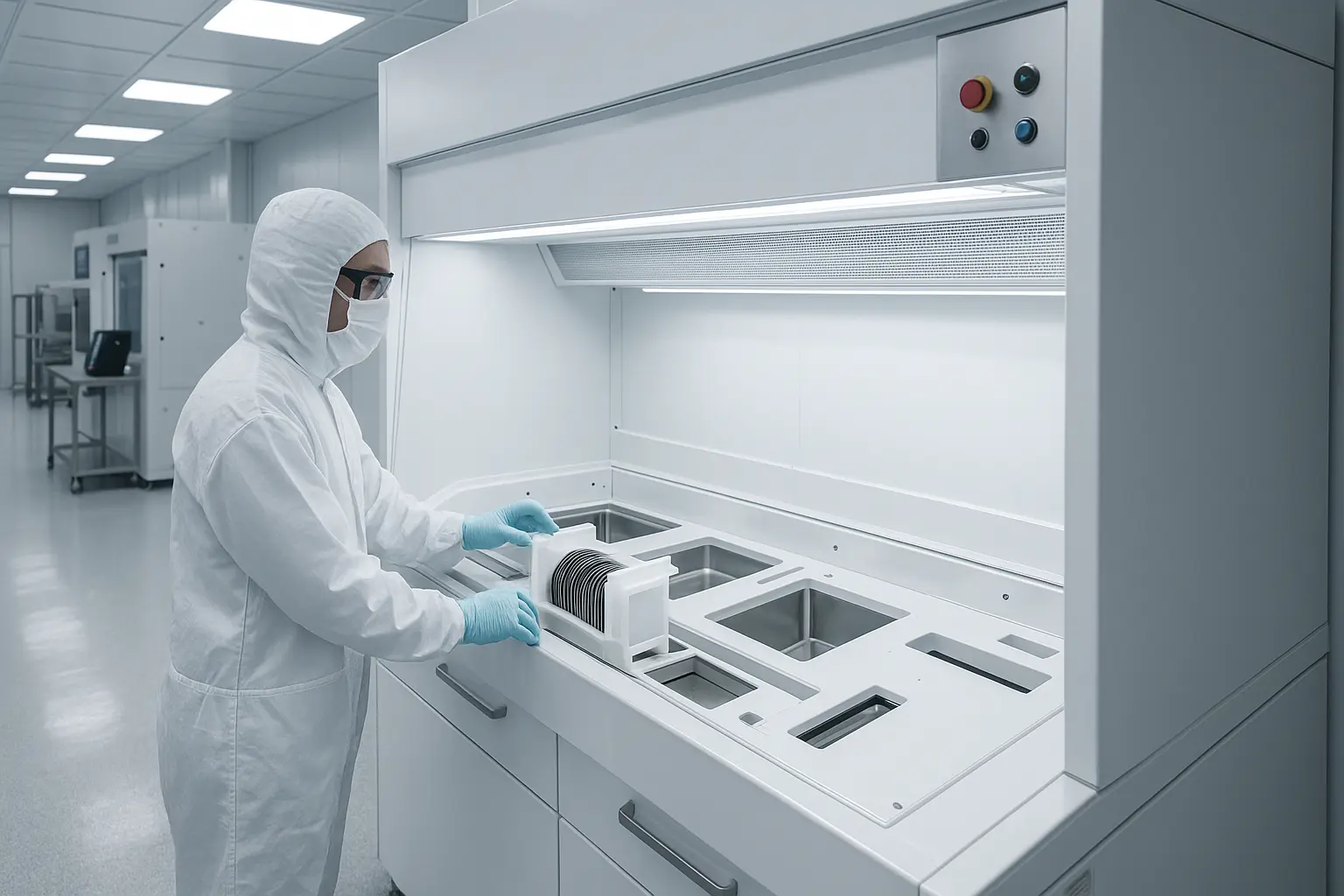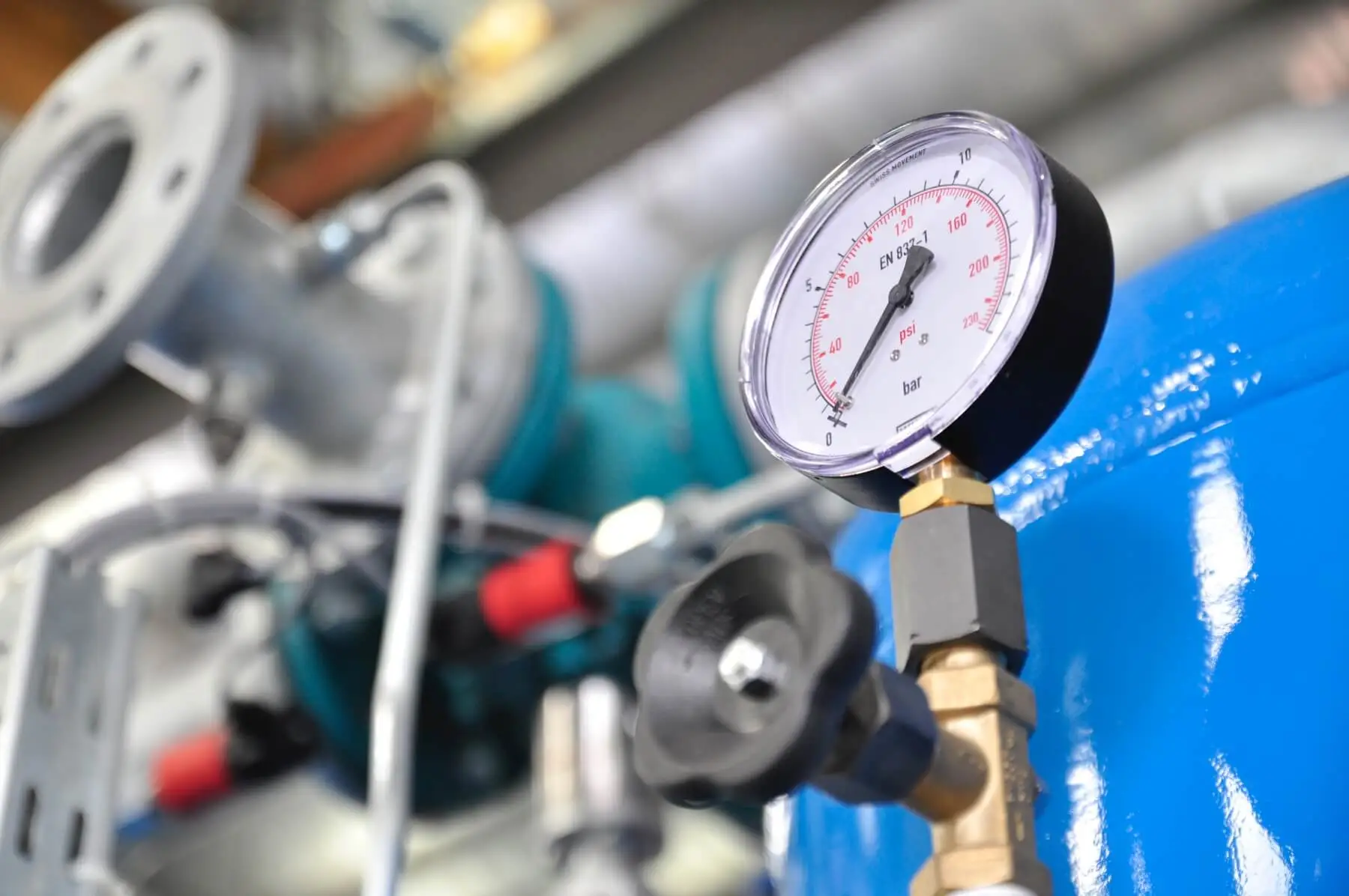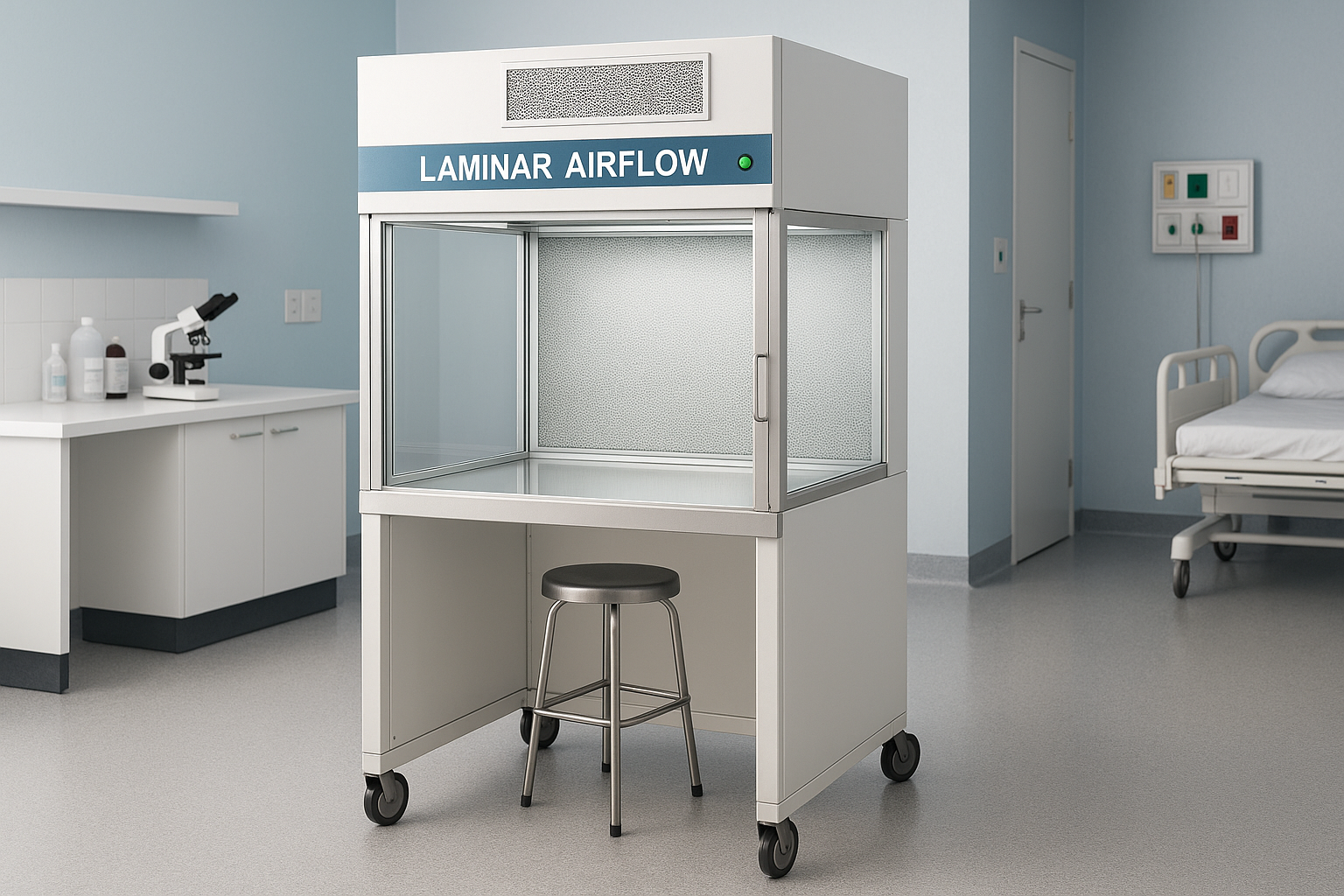Cleanrooms are critical environments in various industries, including pharmaceuticals, biotechnology, semiconductor manufacturing, and aerospace. These spaces are designed to maintain extremely low levels of particulates, such as dust, airborne organisms, or vaporized particles. To ensure that cleanrooms function correctly and meet stringent regulatory standards, rigorous testing is essential. This blog will explore the different types of cleanroom testing, their importance, and best practices for conducting them.
1. Airflow Visualization and Air Change Rate Tests
Airflow Visualization:
Airflow visualization tests, also known as smoke tests, help verify the direction and uniformity of airflow within a cleanroom. By introducing a visible smoke or vapor into the cleanroom, technicians can observe the airflow patterns to ensure that contaminants are effectively swept away from critical areas and do not recirculate.
Air Change Rate:
The air change rate test measures how many times the air within a cleanroom is replaced per hour. This is crucial for maintaining the desired cleanliness level. For instance, a Class 100 cleanroom might require 400-600 air changes per hour. This test helps in verifying that the HVAC system is functioning correctly and providing adequate filtration and circulation.
2. Particle Count Tests
Particle count tests are fundamental in cleanroom validation. These tests measure the concentration of airborne particles within the cleanroom, ensuring they meet the specific cleanliness class requirements (e.g., ISO Class 5, Class 7).
Process:
- Sampling: Using particle counters, air samples are taken at various locations and heights within the cleanroom.
- Analysis: The particle counters provide data on the number and size of particles present in the air.
- Compliance: The results are compared against the cleanroom’s classification standards to ensure compliance.
3. Microbial Monitoring
Microbial monitoring tests focus on detecting viable (living) particles such as bacteria, fungi, and mold spores. These tests are particularly crucial in pharmaceutical and biotechnology cleanrooms, where product contamination can have severe consequences.
Methods:
- Air Sampling: Air samplers collect airborne microorganisms on culture media, which are then incubated to allow for colony growth and identification.
- Surface Sampling: Swabs or contact plates are used to sample surfaces for microbial contamination.
- Personnel Monitoring: Monitoring the personnel’s clothing and gloves for microbial contamination to ensure proper gowning procedures are followed.
4. Pressure Differential Tests
Cleanrooms often operate with pressure differentials to prevent contamination from entering critical areas. Higher pressure in cleaner areas ensures that air flows outward, preventing contaminants from entering.
Testing Procedure:
- Measurement: Differential pressure gauges measure the pressure difference between adjacent cleanroom areas.
- Verification: Ensuring that pressure differentials meet the design specifications and regulatory requirements.
5. Temperature and Humidity Control Tests
Maintaining the correct temperature and humidity levels is crucial for both product quality and comfort of the personnel. These parameters can affect static electricity, microbial growth, and chemical reactions.
Testing Process:
- Monitoring: Continuous monitoring systems track temperature and humidity levels.
- Calibration: Regular calibration of sensors and HVAC controls to ensure accuracy.
- Compliance: Verifying that the temperature and humidity levels remain within the specified ranges for the cleanroom class.
Best Practices for Cleanroom Testing
- Regular Scheduling: Conduct routine tests to ensure ongoing compliance and early detection of potential issues.
- Proper Documentation: Maintain detailed records of all tests, including methodologies, results, and corrective actions taken.
- Qualified Personnel: Ensure that testing is performed by trained and qualified personnel to maintain accuracy and reliability.
- Calibration and Maintenance: Regularly calibrate testing instruments and maintain equipment to prevent inaccuracies.
- Compliance with Standards: Adhere to relevant standards, such as ISO 14644, to ensure that testing methods and results are consistent and reliable.
Conclusion
Cleanroom testing is a critical component of maintaining the integrity and performance of controlled environments. By understanding and implementing the different types of cleanroom tests—airflow visualization, particle count, microbial monitoring, pressure differential, and temperature/humidity control—organizations can ensure that their cleanrooms meet stringent cleanliness standards and support high-quality production and research. Adopting best practices in cleanroom testing not only ensures compliance with regulatory requirements but also enhances the overall efficiency and reliability of cleanroom operations.





